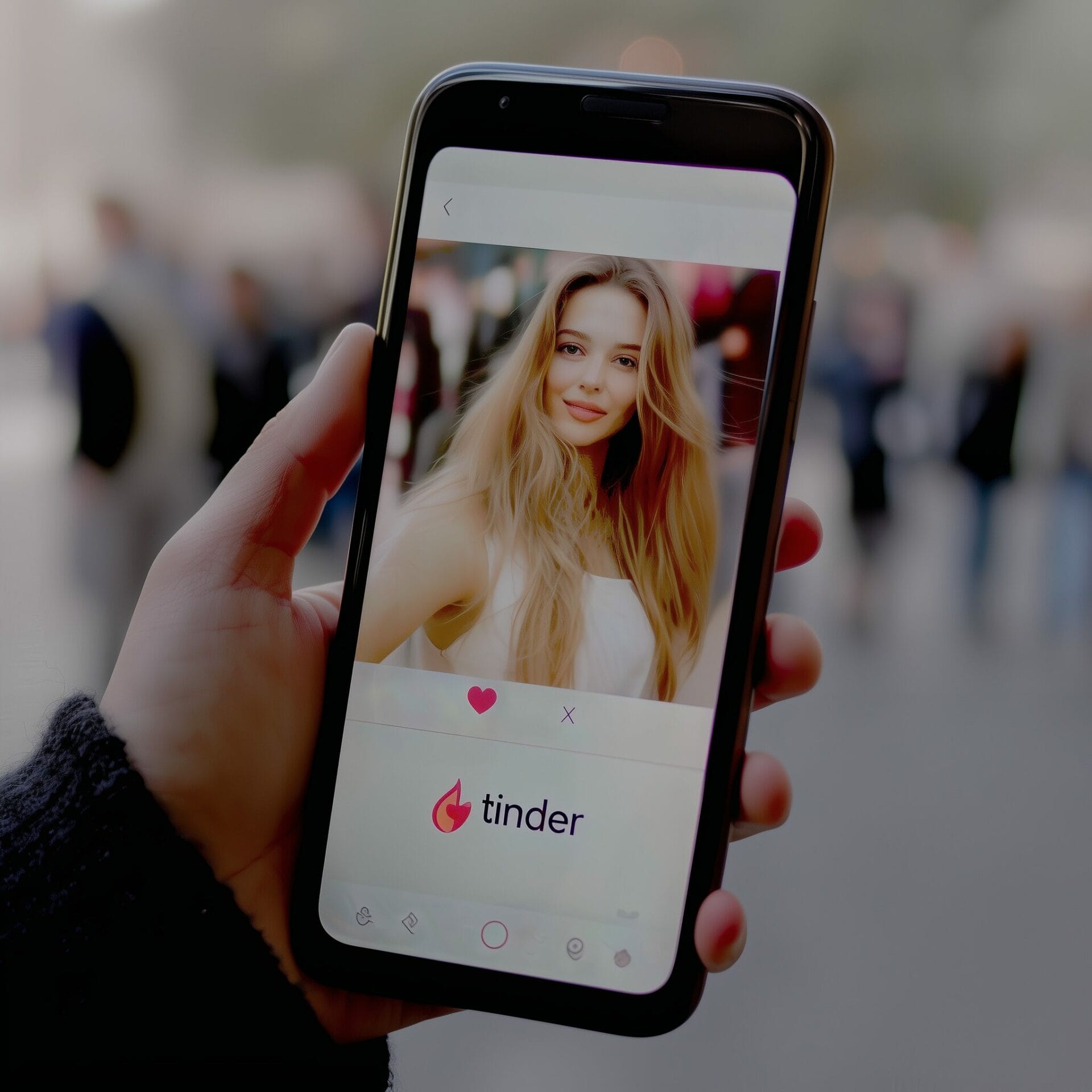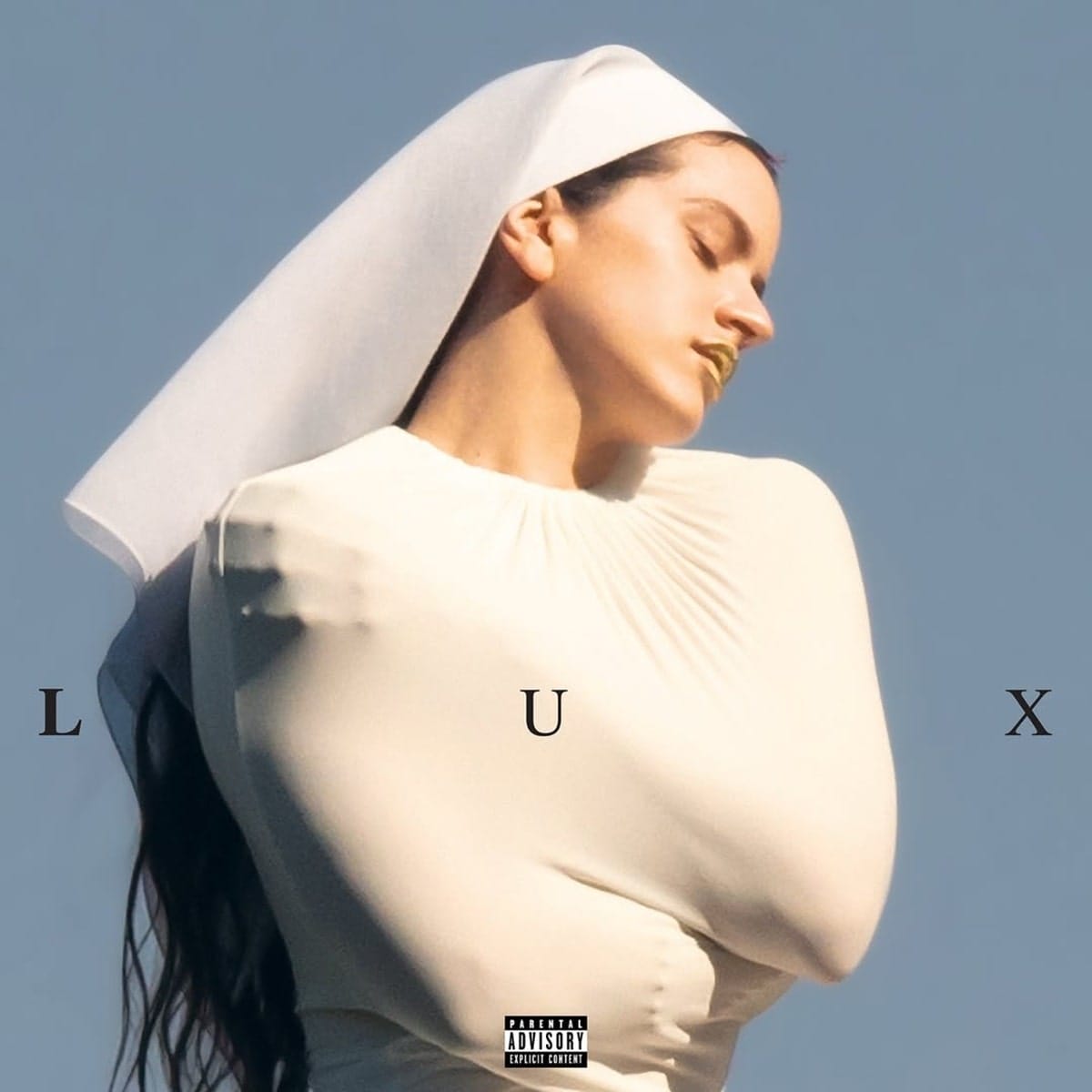Dating apps are the modern way in which many people get to know each other. For better or worse, their impact on the world is enormous. It is no exaggeration to say that they have permanently altered our social and cultural structure.
However, there is something that users may not find so obvious, and that is that these apps are made by companies whose main interest is to profit financially by keeping users engaged. This leads to what is known as the “Dating Apps Paradox.”

This paradox refers to the contradiction between the general purpose of these apps, which is to help users find a romantic partner, and their business model, which requires keeping users engaged with the app. The more successful the app is in helping users find a long-term partner, the fewer users it will have, which conflicts with its goal of maintaining a large number of active users.
In other words, if a user finds a long-term partner through the app, they will likely not return, which is negative for the company behind the app because the user will stop investing their money and time in it. Moreover, for each successful long-term match, the app will lose not one but two users. This is perhaps good for users, but certainly not for the company’s goal of making money.
The mere fact of users remaining engaged with the app already represents significant value for it, as it increases the pool of potential matches available to users. Additionally, there are several ways these apps monetize user engagement, such as by selling Boosts, Super Likes, or better visibility within the app.
These apps are designed in such a way that, through constant swiping and other aspects like unpredictability and the occasional gratification of making a match, they almost make the experience feel like a video game, thus keeping users swiping again and again.

Furthermore, —and this is where the paradox comes in— the matching algorithms are optimized to make users swipe repeatedly instead of quickly finding the best match. It is believed, for example, that the algorithm is smart enough to ensure that two users who could be a good long-term couple never meet, but only promotes matches between users who are likely to exchange just a few messages or have short-term or casual encounters.
Additionally, there are other factors that contribute to this, such as the fact that with so many users available, each one wonders if they could get a better match, so they continue using the app in an endless swipe. Also, the emphasis on the visual aspect of matches or the sheer number of messages from different users prevents the formation of deep relationships, leading to only superficial ones.
Another aspect that contributes to this is how normalized casual encounters are viewed in today’s society, especially regarding women, something that was not always the case. We could even consider casual relationships as the current standard.

Regarding the social perception of dating apps, I think there is already a notion among users that these apps only serve to find casual and short-term encounters, although I am sure many do not think they are designed that way intentionally.
In conclusion, anyone who decides to use dating apps should be aware that, at best, they will likely only achieve some casual encounters or short-term relationships, and should keep this in mind if their expectations are different. Although it is possible to find a long-term partner through these apps, the circumstances promote the opposite, and it can lead to much frustration.






